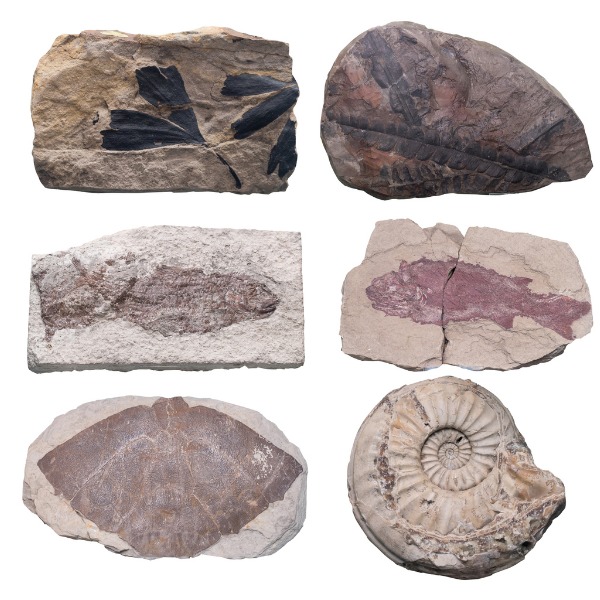Why Scientists Believe in Evolution

fossil plants and animals (alice-photo, iStockphoto)

fossil plants and animals (alice-photo, iStockphoto)
9.23
How does this align with my curriculum?
Curriculum Alignment
NS
7
Science Grade 7 (2020)
Learners will investigate factors that affect species adaptation and evolution
AB
4
Science 4 (2023)
Living Systems: Understandings of the living world, Earth, and space are deepened by investigating natural systems and their interactions.
PE
6
Integrated Curriculum Grade 6: Science (Draft 2023)
DK 1.1: Living things depend on each other to help keep our planet in balance.
BC
7
Science Grade 7 (June 2016)
Big Idea: Evolution by natural selection provides an explanation for the diversity and survival of living things.
YT
11
Life Sciences 11 (British Columbia, June 2018)
Big Idea: Evolution occurs at the population level.